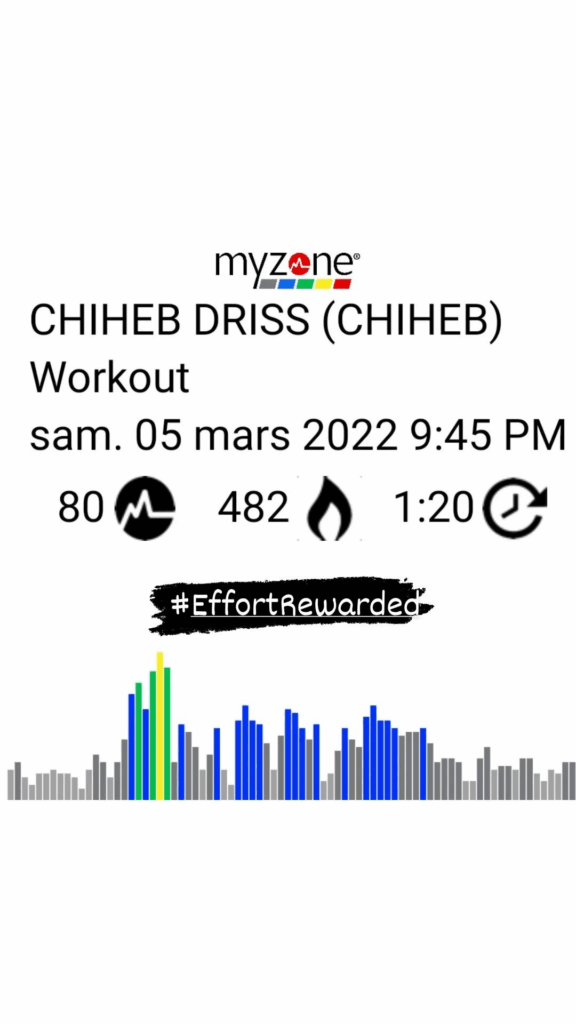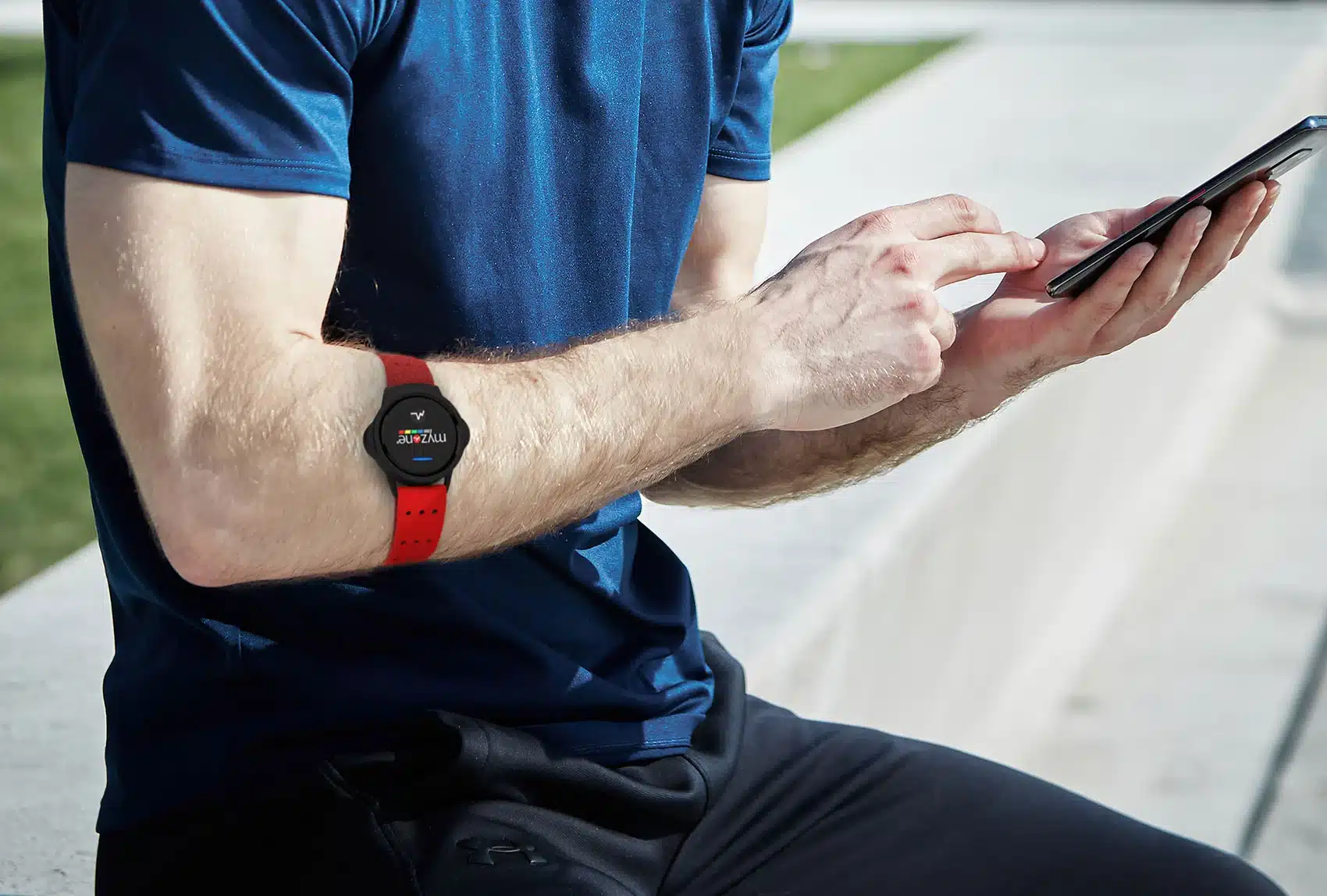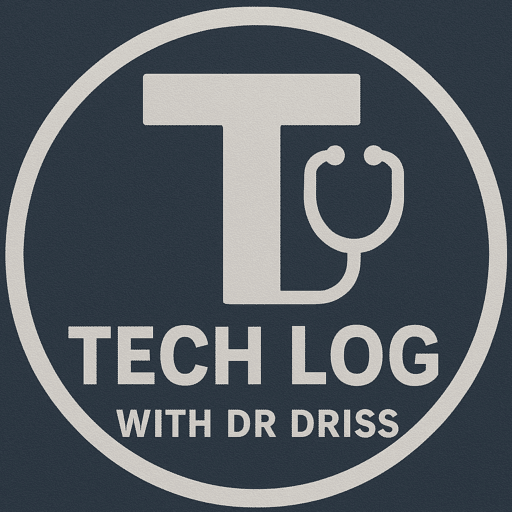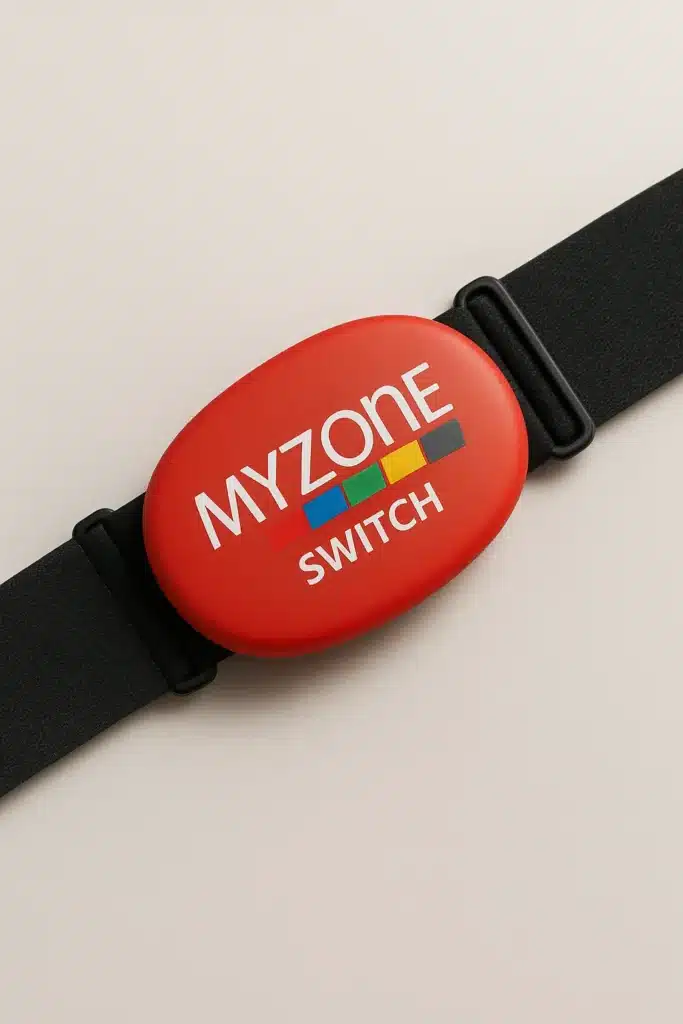In the rapidly evolving world of fitness, AI fitness training has become more than just a buzzword—it’s a tool that is changing the way people train and measure their progress. From wearable devices that monitor heart rate to AI-powered coaching apps, technology provides precise data to help optimize workouts. Yet, as a fitness coach with years of experience, including my time in Saudi Arabia, I have learned that while AI can enhance training, it cannot replace the human element. Motivation, empathy, judgment, and real-time intervention remain irreplaceable. My experience on the gym floor, working closely with my students, has shown how AI can support—but not replace—the human connection that drives results.
AI in Wearables: My Personal Experience in AI fitness training:

During my coaching stint at Fitness Time in Saudi Arabia, I started using the Myzone Switch wearable device during group classes. The smartwatch tracks heart rate in real-time and uses a color-coded system to indicate training intensity. Green represents moderate effort, yellow moderate-high, and red high intensity. Participants aim to reach specific zones for optimal cardiovascular benefit.
Beyond simple tracking, the device gamifies training by awarding points called MEPS (Myzone Effort Points) based on daily, weekly, and monthly performance. These points can be shared with friends, fostering friendly competition and accountability. Using the device, I was able to see not just performance numbers, but patterns in student engagement and effort throughout the class.
However, the wearable’s data alone is not enough. While it measures heart rate and assigns points, it cannot read a participant’s mood, detect frustration, or respond to hesitation. This is where human coaching comes in. As the instructor, I could see who needed encouragement, who required adjustments in form, and who was pushing beyond safe limits. AI provides valuable feedback, but it lacks the emotional intelligence that allows a coach to make nuanced decisions in real-time.
Gamification, Motivation, and the Human Touch


The gamified nature of the Myzone Switch added a layer of excitement to classes, but it also highlighted the importance of human interaction. Students were motivated not only by points and colors but also by my presence and feedback. I could celebrate their victories, provide reassurance when they struggled, and push them safely toward their goals.
One memorable instance involved a particularly confident participant who challenged me during a cardio mix class. He pointed out that I was a smoker and implied I might not keep up. I accepted the challenge, recognizing it as both a teaching moment and a personal test. The class took place at an altitude of approximately 3,000 meters, where oxygen levels are low. The combination of altitude, my personal health limitations, and his muscular build made the challenge especially intense.
Despite the wearable guiding our efforts with heart rate zones and MEPS points, the situation quickly demonstrated the limits of AI. The participant struggled and fainted after twenty minutes. Immediate human intervention was necessary—the on-site medical team responded promptly, and I assisted in monitoring his recovery. AI had no way of anticipating this; only human judgment, experience, and care prevented a serious outcome.
From this experience, I learned a crucial lesson: while AI can track metrics and gamify training, it cannot replace human supervision, real-time decision-making, or empathy. The participant’s MEPS points and heart rate data could not predict his fainting or provide the encouragement needed in that exact moment. The human coach remains essential to ensure safety, guide technique, and foster motivation.
Integrating AI and Human Coaching
The future of fitness training, in my opinion, lies in the integration of AI and human coaching. AI excels at analyzing vast amounts of data, generating personalized training zones, and tracking long-term progress. It can highlight trends, measure consistency, and provide objective metrics that help coaches fine-tune programs.
Yet, the human coach brings context, experience, and emotional intelligence. I can recognize when a participant is fatigued but pushing too hard, adjust their form to prevent injury, or adapt the class dynamically to suit the group’s energy levels. AI provides the numbers; I interpret them, apply them safely, and connect them to each individual’s personal journey.
For example, using Myzone Switch in classes, I could see which students were struggling to reach certain heart rate zones. While the device suggested adjustments, only I could decide whether to encourage them to push, modify exercises, or allow rest. Human judgment complements AI data, creating a holistic training approach that balances challenge, safety, and motivation.
Challenges and Learning Moments
Working on the gym floor also taught me the importance of personal accountability as a coach. My smoking habit and physical condition were a real factor in facing challenges alongside students. The participant who fainted that day reminded me that a coach cannot preach peak performance while neglecting personal health. AI can guide effort, but it cannot enforce lifestyle changes or model behavior.
This dual role—teacher and participant—underscores the irreplaceable human element. Coaching is not just about assigning points or tracking metrics; it’s about understanding individuals, predicting challenges, motivating students, and sometimes even stepping in to prevent harm. AI supports these goals but cannot embody them.
Practical Benefits of AI Tools in Coaching
Despite its limitations, AI is a valuable ally in the gym:
- Data-Driven Feedback: Real-time heart rate, effort zones, and calories burned help coaches tailor training.
- Accountability & Gamification: MEPS points and leaderboards encourage consistent participation.
- Long-Term Progress Tracking: Coaches can observe trends over weeks and months, helping participants achieve sustained improvement.
- Personalized Challenges: AI can suggest intensity levels based on past performance, but human insight ensures safety and appropriateness.
The combination of AI data and human supervision makes training more effective, measurable, and engaging. It creates a structured environment where motivation and safety coexist.
The Future of AI Fitness Training:
Looking ahead, I envision fitness environments where AI and human coaches work in synergy. Wearables can monitor large groups, detect overexertion, and highlight potential risks. Coaches can intervene proactively, adjust programming, and provide encouragement in real-time.
The human element ensures that data translates into meaningful outcomes. Emotional intelligence, empathy, and motivation remain domains where AI cannot compete. The future is not about replacing coaches with technology; it’s about empowering coaches with technology.
Imagine a gym where AI identifies participants struggling to hit their zones, sends notifications, and provides data analytics. The coach then steps in, offering encouragement, correcting form, and providing the personalized support that no algorithm can replicate. This integrated approach ensures both safety and peak performance.
Conclusion
Artificial Intelligence is undeniably reshaping fitness training. Wearables like Myzone Switch, real-time heart rate tracking, and gamified scoring systems add measurable value. Yet, as my experiences demonstrate, the human coach is irreplaceable. Motivation, judgment, empathy, and intervention in real-time are uniquely human qualities that AI cannot replicate.
“While AI tracks my trainees’ heart rates perfectly, only I can sense their motivation and push them when needed.”
For participants and trainers alike, the future of fitness lies in integration. AI can enhance performance and provide objective data, but human guidance ensures that every workout is safe, effective, and meaningful. From the gym floor, I have witnessed firsthand how this synergy creates not only stronger athletes but also a more connected, motivated, and inspired community.
- Global Demand for Technology Professionals: Skills, Roles, Job Openings & Future Trends
- Fix ANR on Android: A Complete Guide to Understanding, Diagnosing, and Preventing Application Not Responding Errors
- How to Optimize a PC for Gaming: My Personal Journey with an IdeaPad 3
- AI Fitness Training: How AI in Fitness Training Helped Me Challenge My Students
- iPhone 17 Launch Event, Samsung’s Bright Future, and Key Reviews



